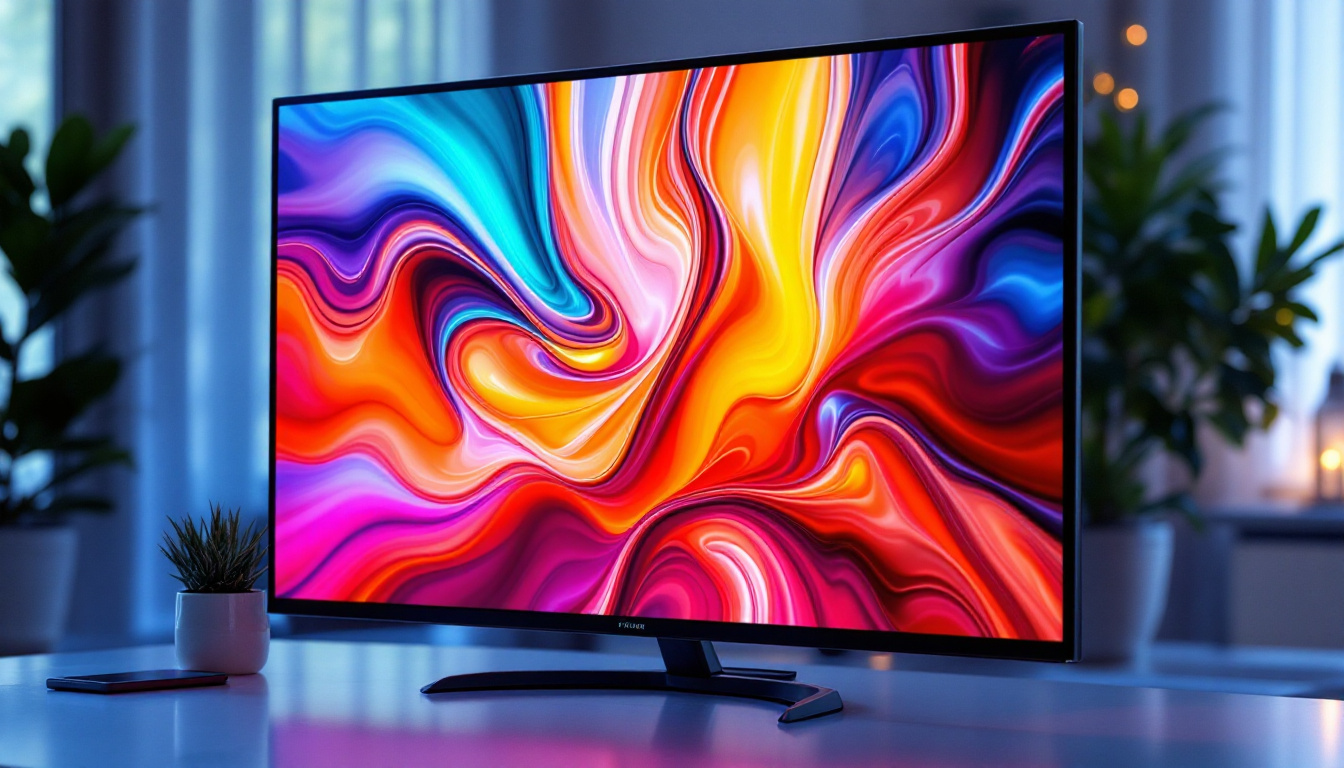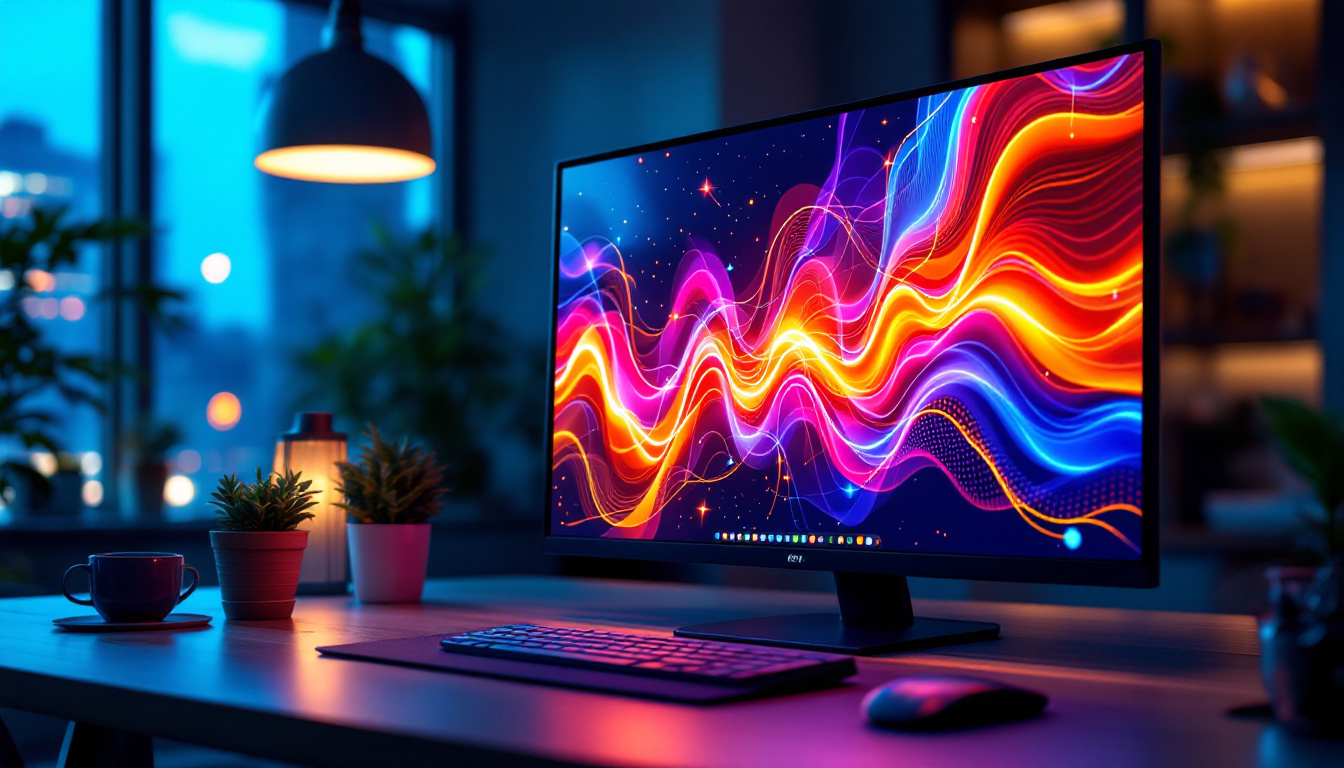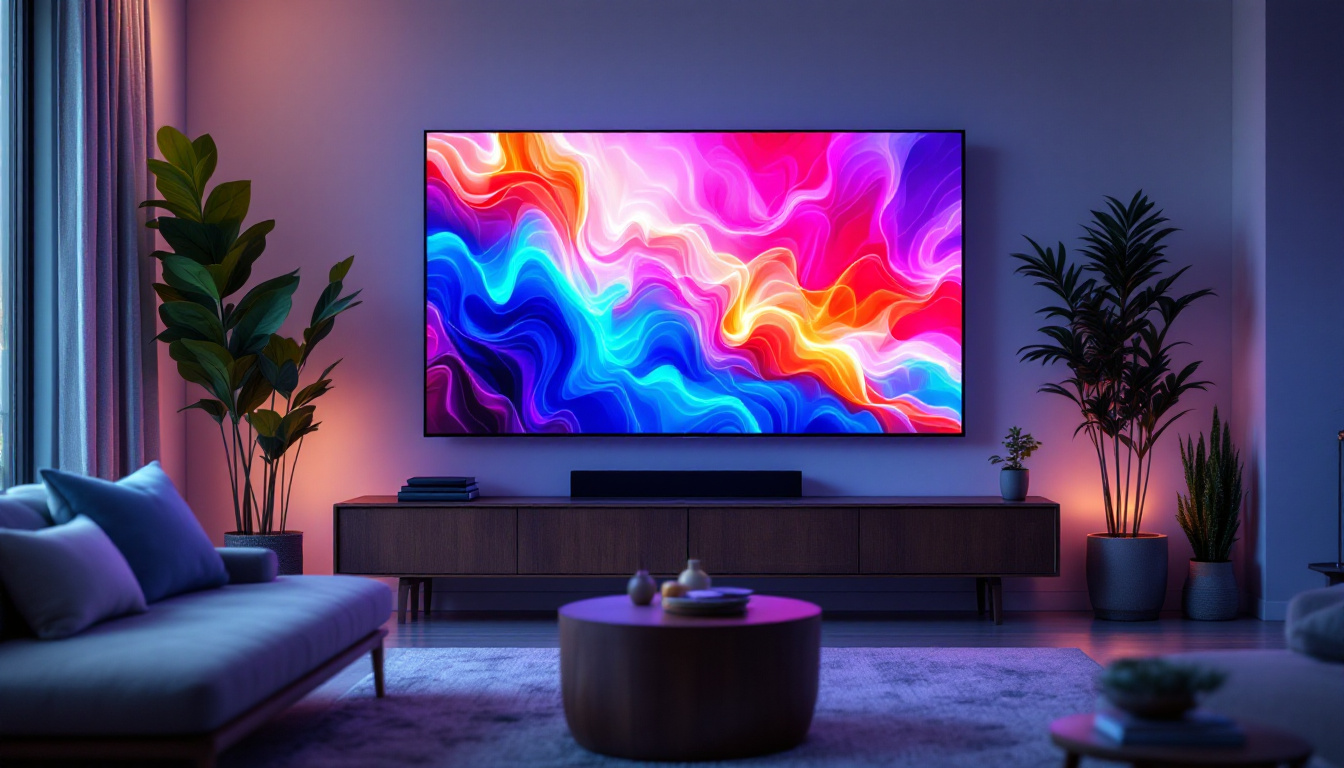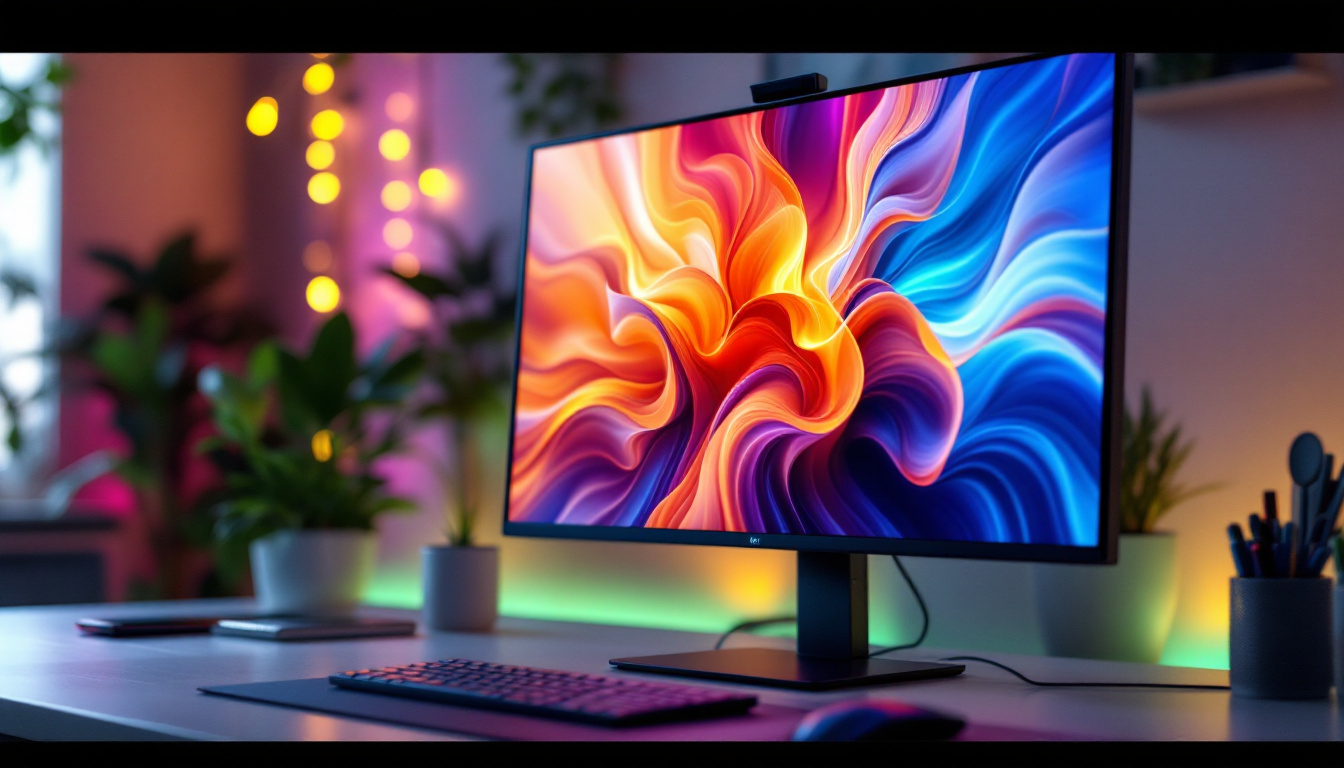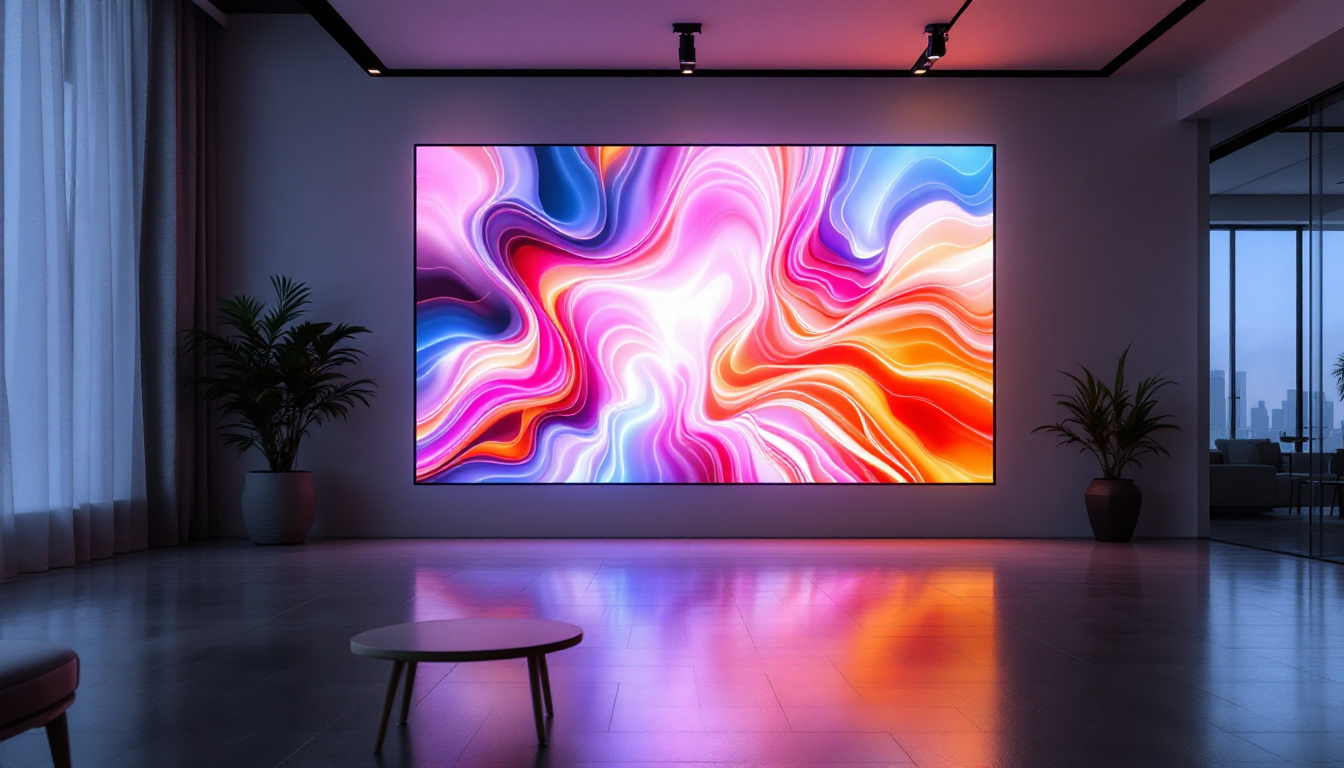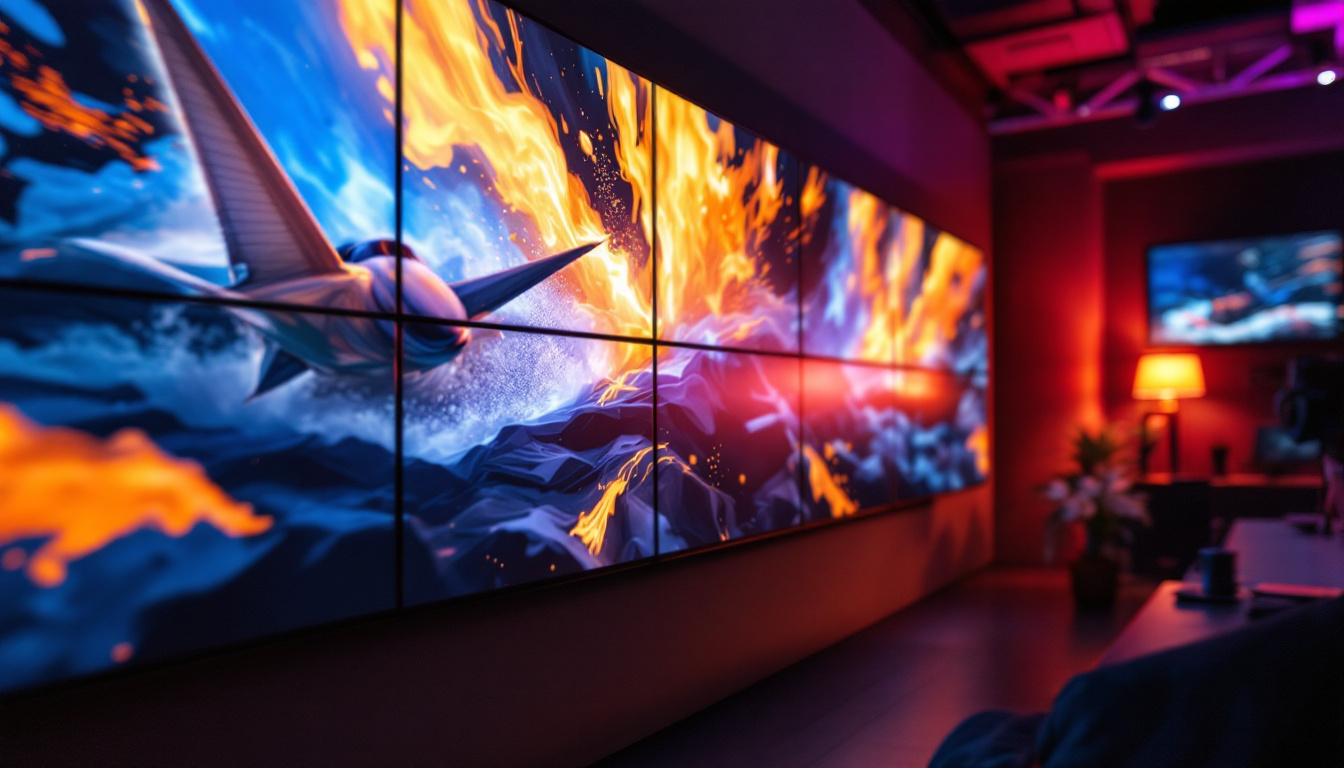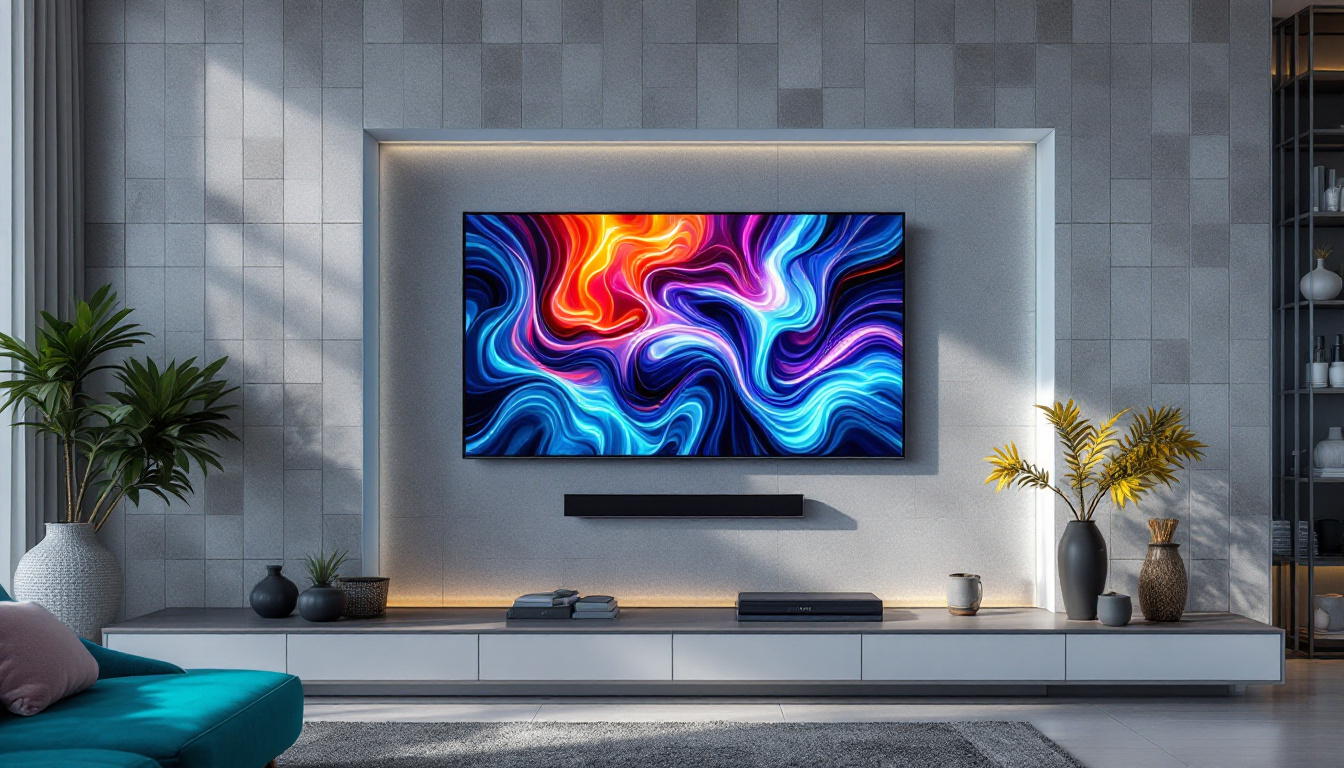In the ever-evolving world of technology, the display is a crucial component that significantly influences user experience. Among the various types of displays available today, LCD (Liquid Crystal Display) touch screens with LED (Light Emitting Diode) backlighting have gained immense popularity. This article delves into the intricacies of LCD touch monitors, explaining their functionality, advantages, and applications.
Understanding LCD Technology
What is LCD?
LCD stands for Liquid Crystal Display, a technology that uses liquid crystals to produce images. These crystals are sandwiched between two layers of glass or plastic, which are then illuminated by a backlight. The backlight is typically provided by LEDs, making this combination both efficient and effective for various applications.
The fundamental principle behind LCD technology is the manipulation of light. When an electric current passes through the liquid crystals, they align in such a way that they either block or allow light to pass through. This process creates the images seen on the screen. LCDs are known for their slim profile and energy efficiency, making them a popular choice for everything from televisions to computer monitors. Additionally, LCD technology has evolved significantly over the years, leading to enhanced color accuracy and improved viewing angles, which have further solidified its place in modern display technology.
One notable advancement in LCD technology is the introduction of IPS (In-Plane Switching) panels. Unlike traditional LCDs, which may suffer from poor color reproduction and limited viewing angles, IPS panels provide vibrant colors and consistent brightness, even when viewed from sharp angles. This has made them particularly favored in professional settings, such as graphic design and photography, where color fidelity is paramount. Furthermore, the development of high-resolution LCDs, such as 4K and 8K displays, has allowed for an unparalleled level of detail, making them ideal for immersive viewing experiences in both entertainment and gaming.
The Role of Touch Technology
Touch technology has revolutionized the way users interact with devices. In an LCD touch monitor, a touch-sensitive layer is integrated into the display, allowing users to interact directly with what they see on the screen. This interaction can be achieved through various methods, including resistive and capacitive touch technologies.
Resistive touch screens respond to pressure, making them suitable for environments where users may be wearing gloves. On the other hand, capacitive touch screens rely on the electrical properties of the human body, providing a more responsive and accurate touch experience. The choice between these technologies depends on the specific needs and applications of the user. For instance, in industrial settings, resistive screens are often preferred due to their durability and ability to function in harsh conditions, while capacitive screens are commonly found in consumer electronics, such as smartphones and tablets, where a smooth, intuitive user interface is desired.
Moreover, the integration of multi-touch capabilities has further enhanced the functionality of touch screens. This allows users to perform gestures such as pinch-to-zoom or swipe, enabling a more dynamic interaction with applications. As touch technology continues to advance, we can expect to see even more innovative features, such as haptic feedback, which provides tactile responses to touch inputs, thereby enriching the overall user experience. This evolution not only enhances usability but also opens up new possibilities for creative applications in fields such as education, gaming, and healthcare, where interactive displays can facilitate learning and engagement in unprecedented ways.
LED Backlighting: A Game Changer
What is LED Backlighting?
LED backlighting refers to the use of Light Emitting Diodes to illuminate the LCD panel. This technology has largely replaced traditional fluorescent backlighting due to its numerous advantages. LED backlighting enhances the overall performance of LCD monitors, providing brighter images, better color accuracy, and improved energy efficiency.
There are two primary types of LED backlighting: edge-lit and full-array. Edge-lit LED displays have LEDs positioned along the edges of the screen, while full-array displays feature a grid of LEDs behind the entire screen. Full-array backlighting typically offers superior contrast and uniformity, making it a preferred choice for high-end monitors. Furthermore, advancements in local dimming technology allow full-array displays to selectively dim specific areas of the screen, resulting in deeper blacks and more vibrant highlights, which is especially beneficial for watching movies or playing video games.
Benefits of LED Backlighting
The shift to LED backlighting has brought about several benefits for LCD touch monitors. One of the most significant advantages is energy efficiency. LED monitors consume less power than their fluorescent counterparts, leading to lower electricity bills and a reduced environmental footprint.
Additionally, LED backlighting allows for thinner and lighter displays, which is particularly advantageous for portable devices. The improved brightness and color reproduction also enhance the viewing experience, making LED-backlit LCD monitors ideal for graphic design, gaming, and multimedia consumption. Beyond these practical benefits, the rapid evolution of LED technology has also led to innovations such as HDR (High Dynamic Range) support, which provides a wider range of colors and brightness levels, further enhancing the visual experience. This makes LED backlit displays not only a technical advancement but also a significant leap forward in how we engage with digital content, whether it’s for professional work or entertainment.
Applications of LCD Touch Monitors
Industrial and Commercial Uses
LCD touch monitors are widely used in industrial and commercial settings. In manufacturing, these displays are often employed in control panels and monitoring systems, providing operators with real-time data and control over machinery. The durability and responsiveness of touch technology make these monitors suitable for environments where quick decision-making is crucial.
In retail, LCD touch screens are commonly used for point-of-sale systems and interactive kiosks. Customers can easily navigate through options, make selections, and complete transactions, enhancing the overall shopping experience. The intuitive nature of touch technology encourages engagement and can lead to increased sales.
Education and Healthcare
In the education sector, LCD touch monitors have transformed traditional teaching methods. interactive whiteboards and smart classrooms utilize these displays to facilitate collaborative learning. Students can participate actively in lessons, enhancing their understanding and retention of information.
In healthcare, the use of LCD touch monitors is becoming increasingly prevalent. Medical professionals can access patient records, view diagnostic images, and input data directly through touch interfaces. This not only streamlines workflows but also improves patient care by allowing for quicker access to critical information.
Choosing the Right LCD Touch Monitor
Key Factors to Consider
When selecting an LCD touch monitor, several factors should be taken into account. First and foremost, the intended application will influence the choice of display. For industrial use, durability and resistance to environmental factors like dust and moisture are essential. In contrast, for educational purposes, features like screen size and resolution may take precedence.
Another critical factor is the type of touch technology. Capacitive screens are generally more responsive and offer better multi-touch capabilities, while resistive screens may be more suitable for specific environments. Additionally, the resolution and aspect ratio of the monitor should align with the intended use, ensuring optimal visual clarity and user experience.
Budget Considerations
Budget is always a consideration when purchasing technology. LCD touch monitors come in a wide range of prices, depending on their features and specifications. It is essential to balance cost with quality and functionality. Investing in a reliable monitor can lead to long-term savings and improved productivity.
Moreover, considering warranties and customer support can also influence the decision. A monitor with a solid warranty and responsive customer service can provide peace of mind, ensuring that any potential issues can be resolved quickly and efficiently.
Future Trends in LCD Touch Technology
Advancements in Display Technology
The future of LCD touch technology is promising, with ongoing advancements aimed at enhancing performance and user experience. One notable trend is the development of OLED (Organic Light Emitting Diode) technology, which offers superior color accuracy and contrast compared to traditional LCDs. While OLED is currently more expensive, its growing adoption may lead to more affordable options in the future.
Another trend is the integration of artificial intelligence (AI) into touch interfaces. AI can enhance user interactions by predicting user behavior and preferences, creating a more personalized experience. This technology could revolutionize how users interact with displays, making them even more intuitive and responsive.
Environmental Considerations
As sustainability becomes increasingly important, manufacturers are focusing on creating more eco-friendly displays. This includes using recyclable materials and reducing energy consumption during production and operation. The push for greener technology is likely to influence the design and manufacturing processes of LCD touch monitors in the coming years.
Conclusion
LCD touch monitors with LED backlighting have become integral to various sectors, providing enhanced user experiences and efficient functionality. Understanding the technology behind these displays, their applications, and how to choose the right one can empower users to make informed decisions that best suit their needs.
As technology continues to evolve, staying abreast of the latest trends and advancements will be crucial. Whether for industrial, commercial, educational, or healthcare applications, LCD touch monitors are poised to remain a vital component in the digital landscape, driving innovation and improving interactions across various fields.
In summary, the combination of LCD technology and LED backlighting has not only transformed how we view content but also how we interact with it. As we move forward, these displays will continue to play a significant role in shaping our technological experiences.
Discover Cutting-Edge LED Display Solutions with LumenMatrix
As you consider the future of LCD touch monitors and LED display technology for your industry needs, LumenMatrix stands at the forefront of innovation. Our commitment to creating immersive visual experiences is evident in our diverse range of products, from Indoor and Outdoor LED Wall Displays to specialized solutions like Vehicle LED Displays and LED Sports Displays. Embrace the next level of engagement with our LED Poster Displays, Floor LED Displays, and revolutionary All-in-One LED Displays. Experience the transformative power of our Custom LED Displays and LED Transparent Displays. To see how LumenMatrix can revolutionize your visual communication and captivate your audience, Check out LumenMatrix LED Display Solutions today.


